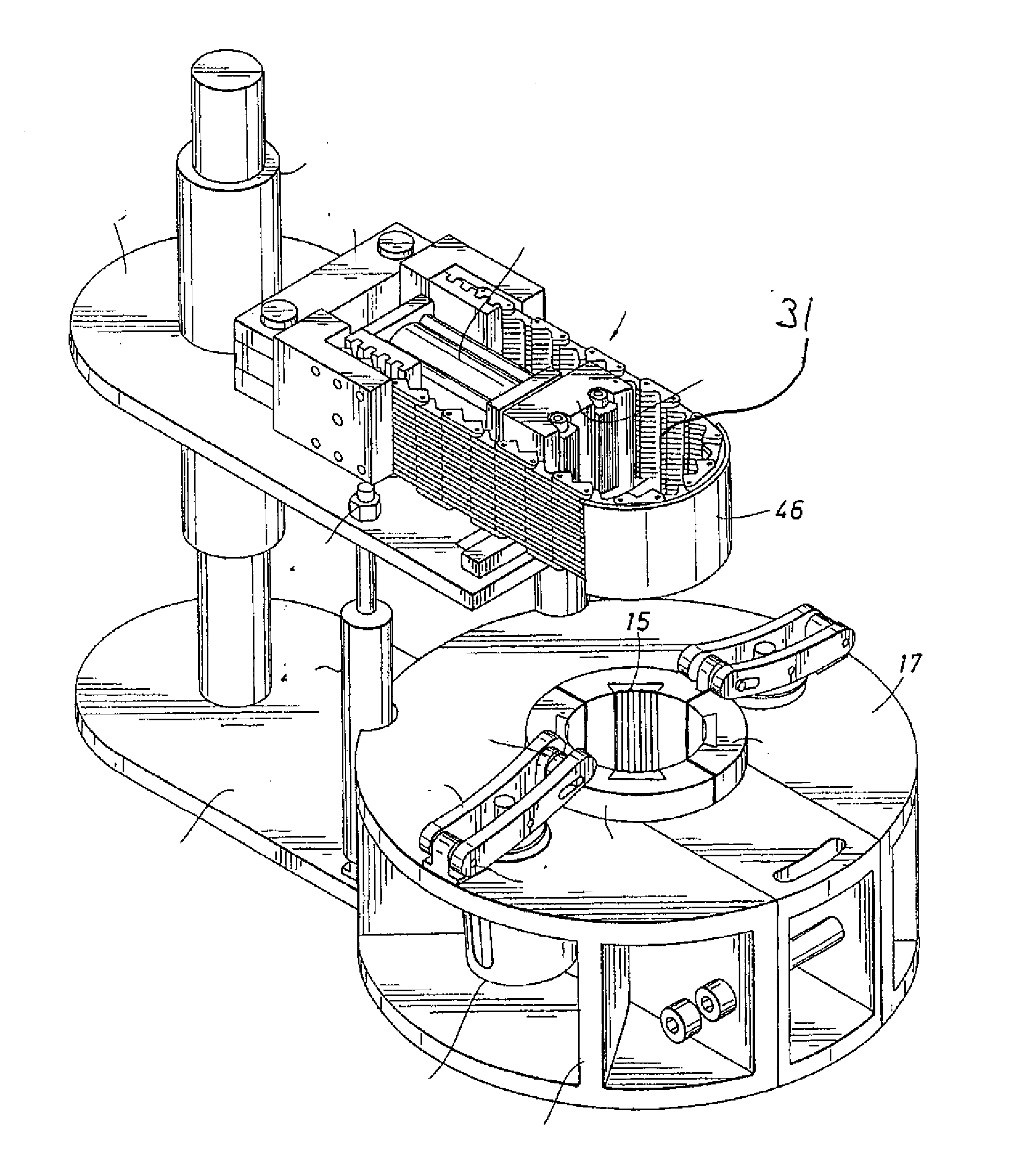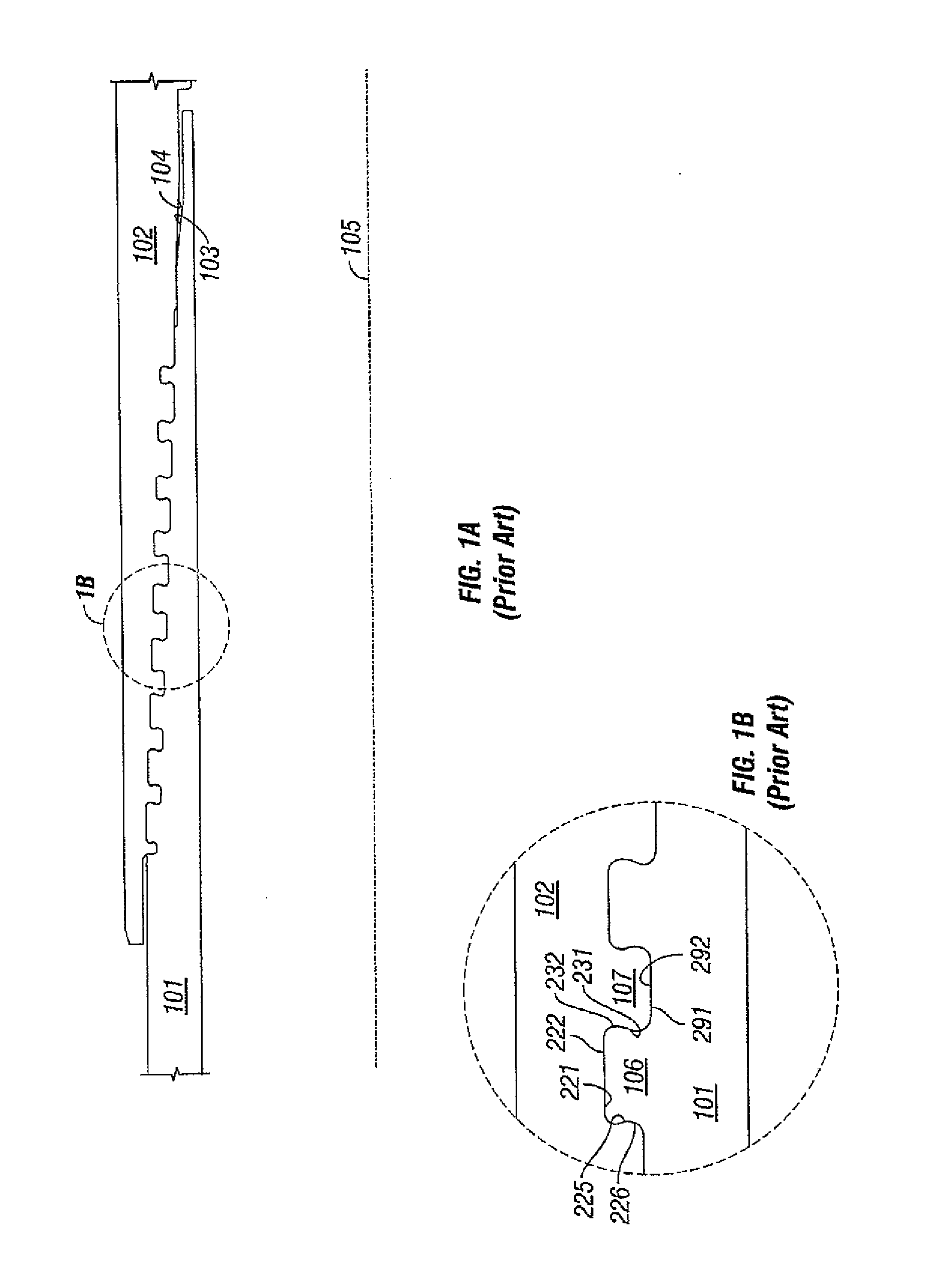Dope relief method for wedge thread connections
a wedge thread and connection technology, applied in the direction of screw threaded joints, manufacturing tools, borehole/well accessories, etc., can solve the problems of increasing the stress on the connection, difficult to achieve thread seals, and inconvenient open thread forms such as buttresses or stubs, so as to and reduce the viscosity of the pipe dope
- Summary
- Abstract
- Description
- Claims
- Application Information
AI Technical Summary
Benefits of technology
Problems solved by technology
Method used
Image
Examples
Embodiment Construction
[0024] The present invention relates to a method for making-up a wedge thread connection. More specifically, the present invention relates to methods for minimizing pressure build-up in a wedge thread connection resulting from pipe dope being unable to escape during make-up.
[0025] The manner in which a wedge thread connection is made-up can have a significant effect on whether pipe stand-off occurs. For example, a high relative angular velocity of the pin member and the box member during the make-up can worsen the pressure build-up because the pipe dope is unable to flow around the helix of the wedge threads fast enough to escape. Because of this concern, field service procedures for making-up wedge thread connections may include maximum rotational speeds during make-up. For example, smaller diameter wedge thread connections may be limited to 25 revolutions per minute and larger diameter wedge thread connections (such as 9⅝ inch diameter connections) may be limited to 15 revolution...
PUM
| Property | Measurement | Unit |
|---|---|---|
| temperatures | aaaaa | aaaaa |
| kinematic viscosity | aaaaa | aaaaa |
| kinematic viscosity | aaaaa | aaaaa |
Abstract
Description
Claims
Application Information
 Login to View More
Login to View More - R&D
- Intellectual Property
- Life Sciences
- Materials
- Tech Scout
- Unparalleled Data Quality
- Higher Quality Content
- 60% Fewer Hallucinations
Browse by: Latest US Patents, China's latest patents, Technical Efficacy Thesaurus, Application Domain, Technology Topic, Popular Technical Reports.
© 2025 PatSnap. All rights reserved.Legal|Privacy policy|Modern Slavery Act Transparency Statement|Sitemap|About US| Contact US: help@patsnap.com



